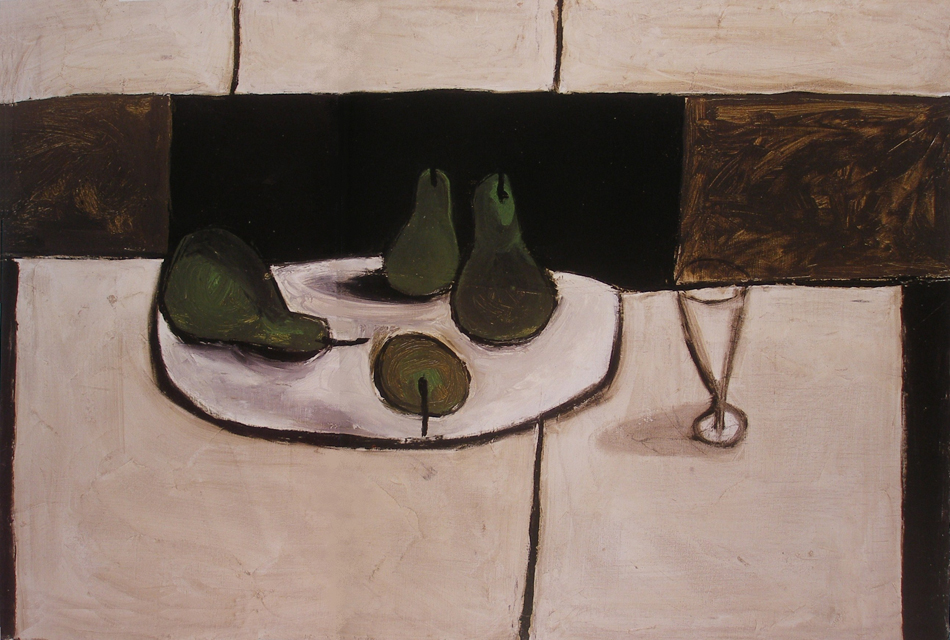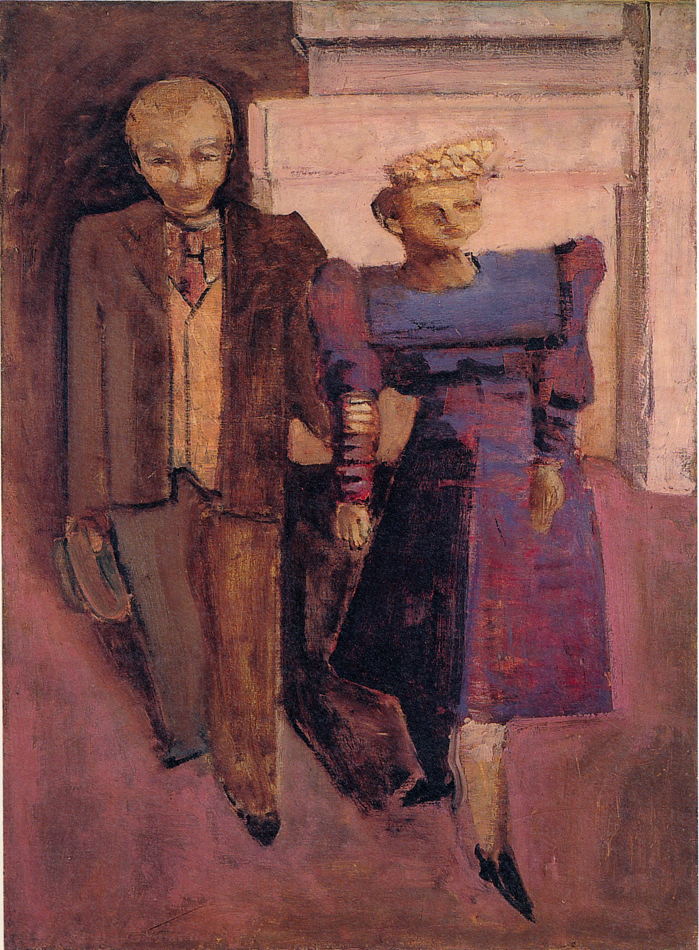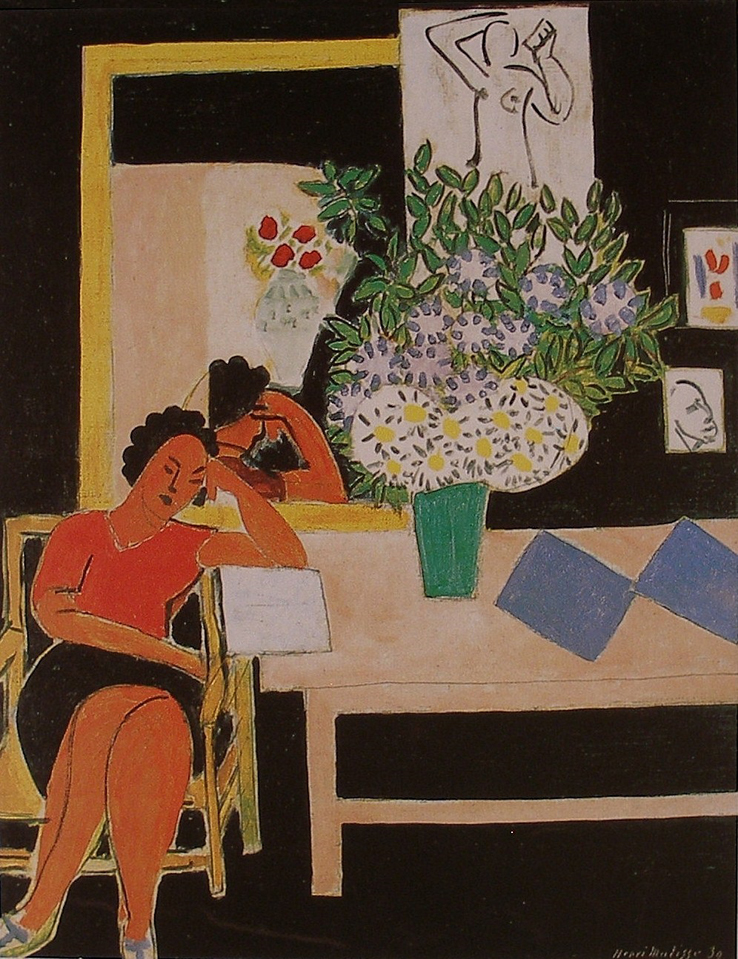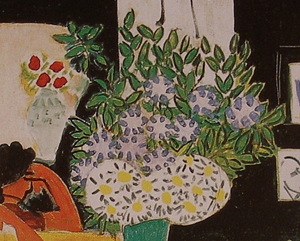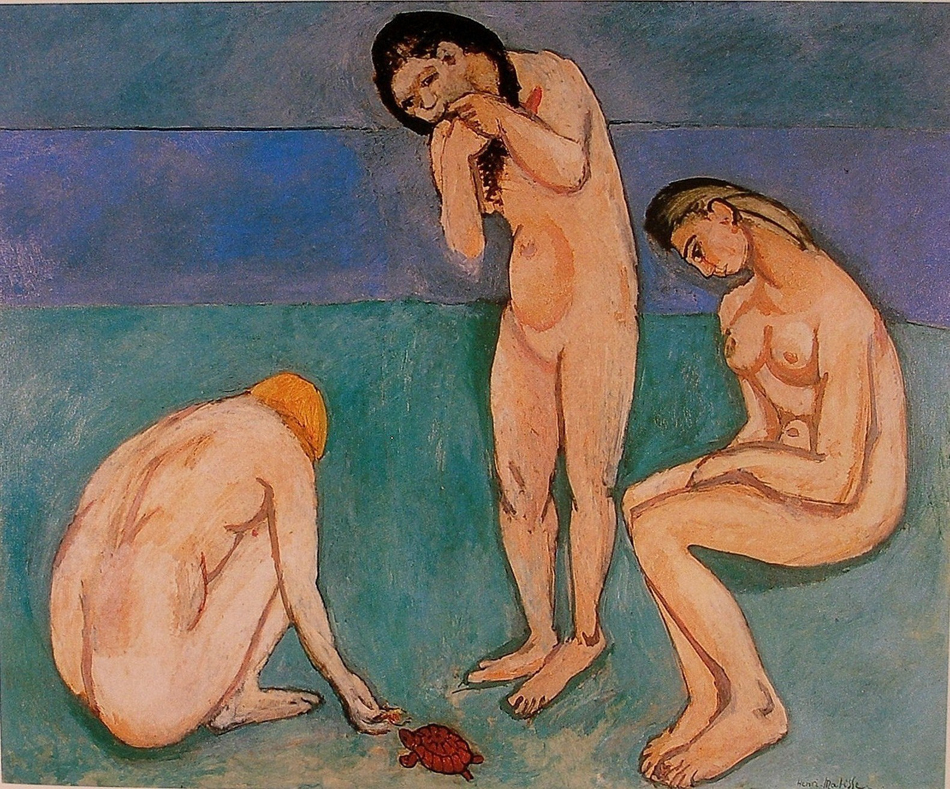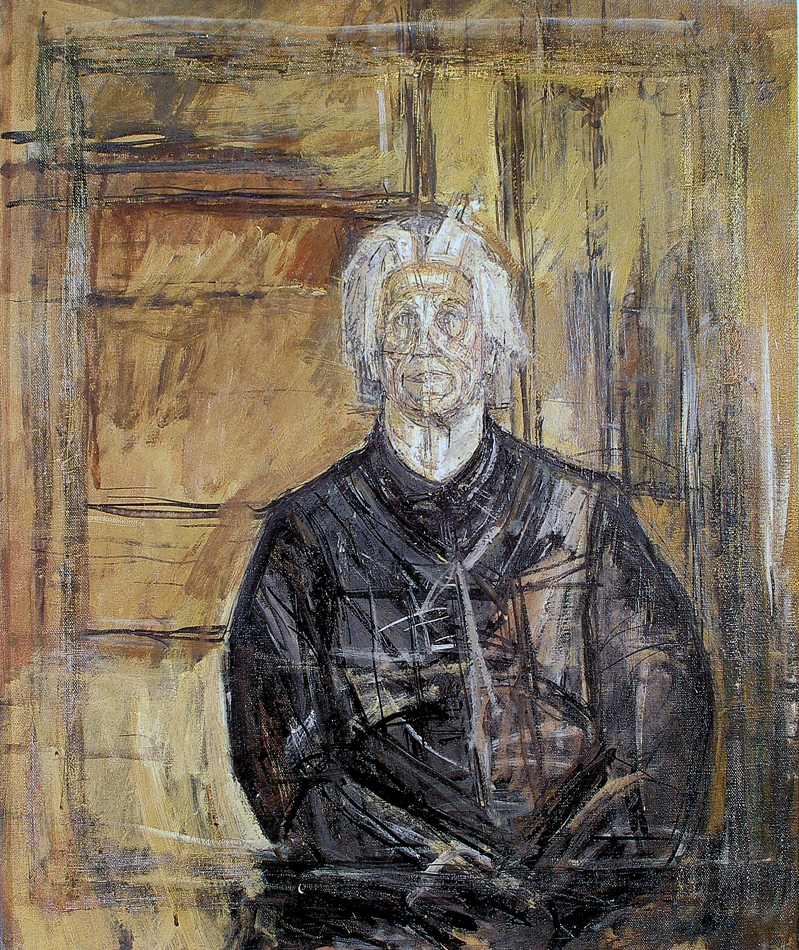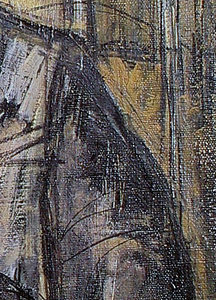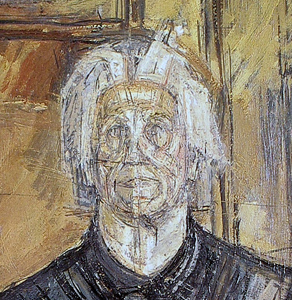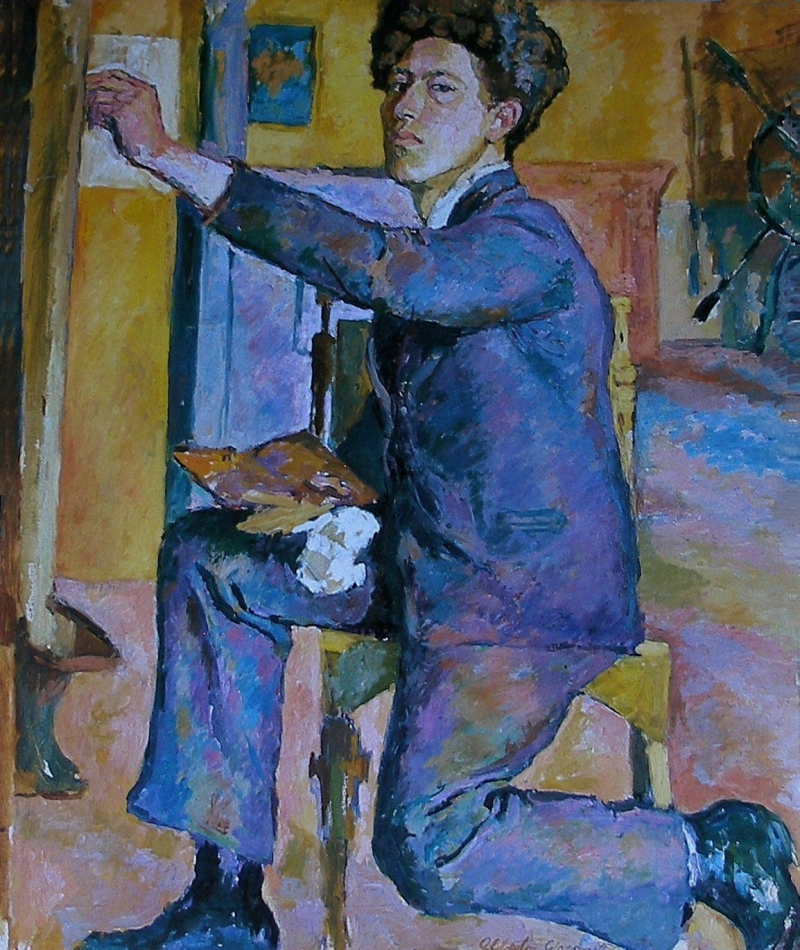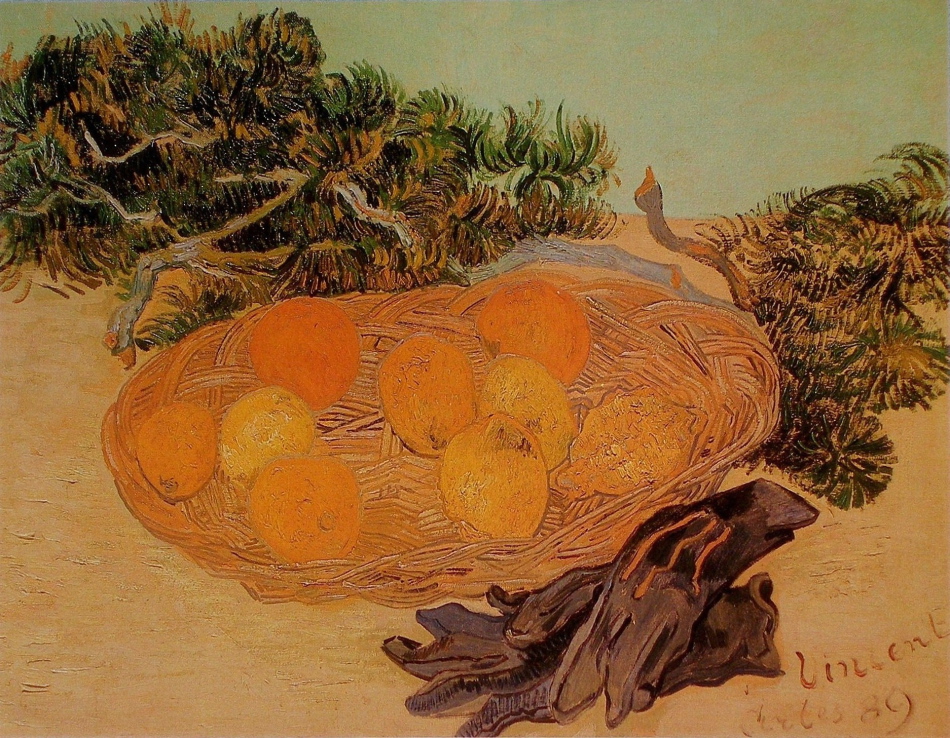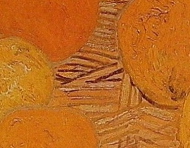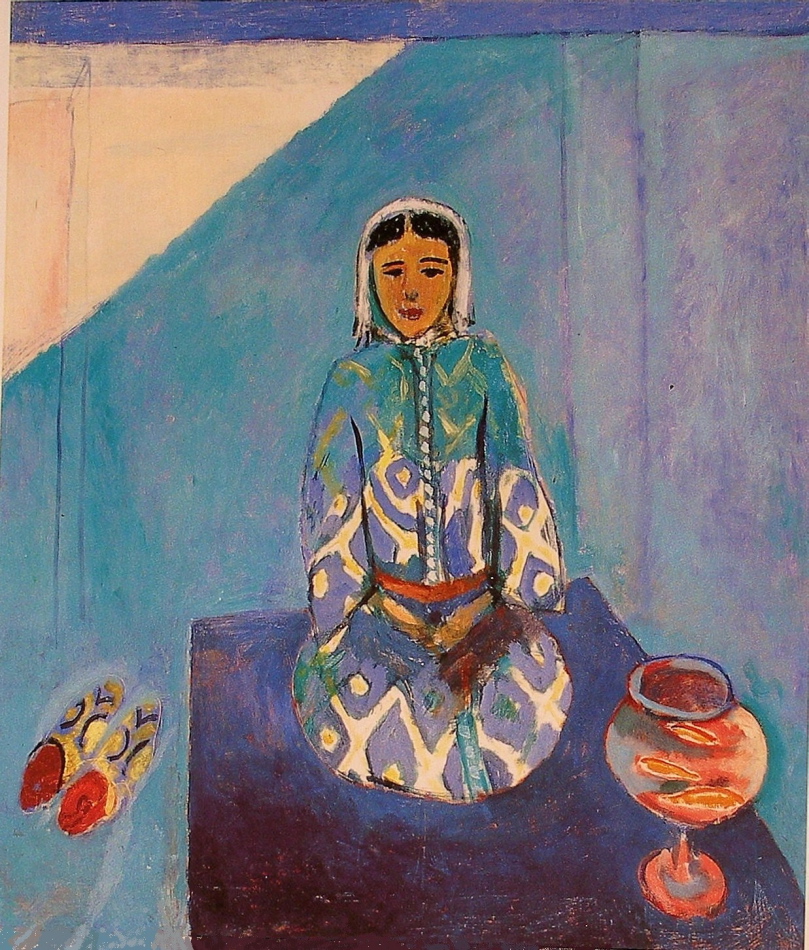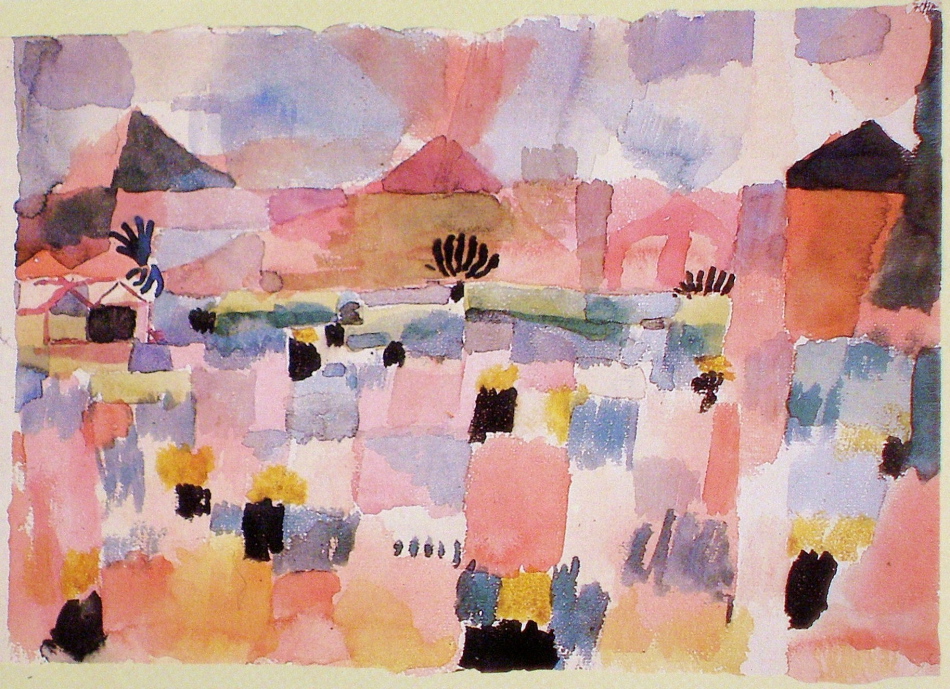William Scott paintings resonate with me and I often visit his work.
This wonderful still life is a splendid example of how sophisticated the reductive process can be.. Any other markings or additional subject matter would be superfluous.
The composition is an exquisite orchestration of rectangles which provide the rhythmic structure. Their arrangement is splendidly supported by a sub-motif of ovals, which include the pears and the two “Cezanne-like” ovals in the glass.
The rectangles are energized by three slightly leaning vertical lines, as well as the left edge of the warm rectangle at the right, and the right edges of both the plate and glass. These “oblique parallels” rhythmically connect the background with the subject matter. The vertical edges of the table and the warm shape at the left support the upright stems and the glass beautifully.
The connection of the glass with the warm shape above is matched with the integration of the pear at the left with the other warm shape. This is a great example of rhythmic integration
Another beautiful consideration is the relationship of the curved side of the glass with the curved edge of the right most pear. Also note how the horizontal stem at the left provides lateral movement supporting the curves of the plate, the glass and the other pears. The structural impact of the angled edge of the left pear magnificently ensures the connection with the glass.
I feel how Scott avoided overlapping the pears is fantastic, as this would have disrupted the rhythm of their placement, which brings me to another wonderful consideration of not indicating cast shadows on three of the pears. This is a superb example of not permitting literal information to interfere with the composition. Yet another wonderful consideration is the Cezanne-like shifting of the table top, which enhances the feeling of space.
I would like to finish with Scott’s sensitively assessed focus of the painting with the beautiful green oval embracing the stem of the vertical pear at the right. When your perusal arrives, you find yourself gracefully being held, which is a fantastic example of orchestrating composition.

